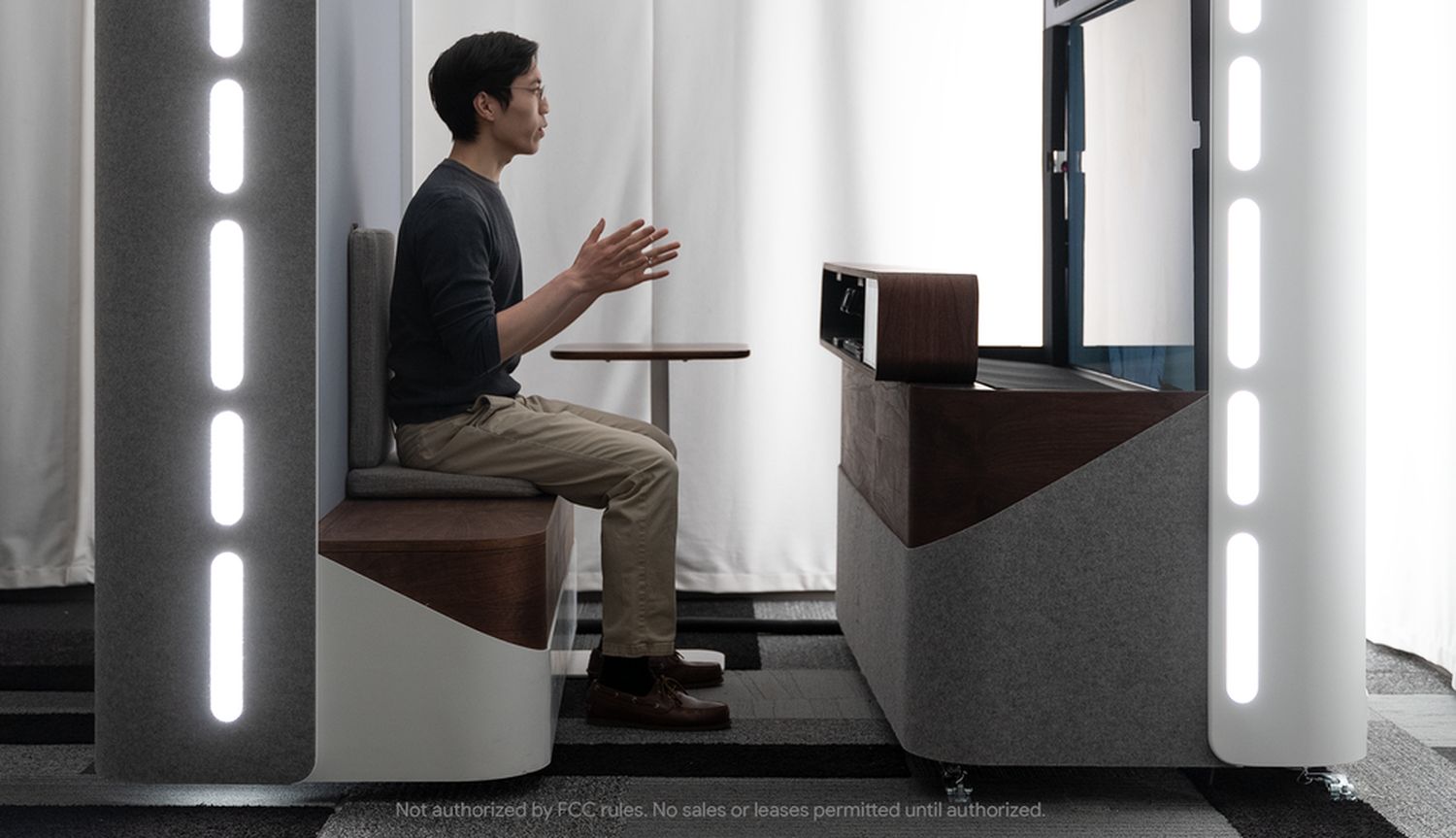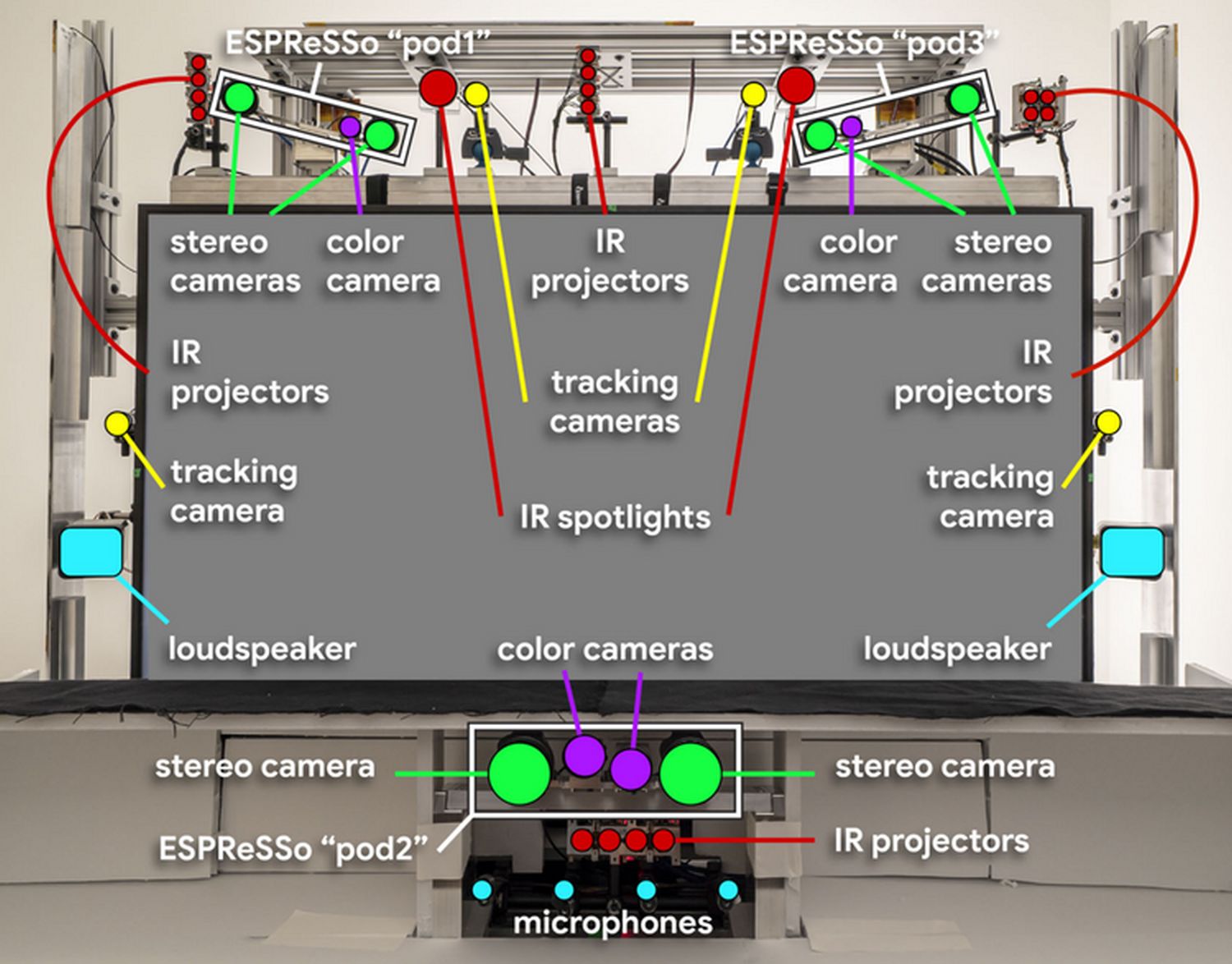
Video telephony is a surprisingly old technology, but it wasn’t until last year that it finally celebrated its accomplishments and established itself as a standard for many people, at least professionally. Google offers a number of solutions for video telephony, but it is also openly working on new technologies that are supposed to blur important boundaries. After a major test, an initial evaluation is made and the Starline project is explained.

Video telephony is an old topic, because in some circles it was created decades ago, albeit with very different quality requirements than today. However, it’s possible that many people have gotten into more serious and extensive contact with this topic in the past year, so it’s no wonder that previously unknown companies like Zoom have popped up all of a sudden, and Google is making great efforts in Meet, Which is based on specialized video conferencing.
But despite all the technology, video telephony often looks a bit wooden and unreal – you always know you only see a few pixels that represent them on the screen. In the spring, Google showed off an entirely new product at its in-house developer conference Google I/O that relies largely on 3D on both sides. The opposite should be presented realistically so that one can feel sitting opposite the person.
Both participants are photographed with 3D cameras and the presentation is also done on the large screen using 3D techniques, so that the flat image is not transmitted, but in fact the said 3D model is transmitted to the other person. The width of the light field is used as a display created precisely for such purposes. Just take a look at the following video – amazing.
The whole thing depends not only on special software and hardware, but also on the right environment. The chassis can almost be described as an open cabin, because the precisely coordinated distance and very large screen contribute to the deception of the human eye. This certainly wouldn’t be possible in this format on a small screen. Thus you have the feeling of sitting directly opposite the person, separated only by a pane of glass. One feels like a little imprisoned, but it’s a huge improvement nonetheless.
Google’s goal was to dramatically improve quality, increase reality, and at the same time make the technology disappear as much as possible: no camera aimed at you and no screen recognizable at first sight. It’s still a long way off, but Google has been using it internally for several months in several branches. I assume the conversations in the video were real and not edited afterwards.
Perhaps the obstacle will not be technology, but data transmission. Moving 3D models with a wide texture is somewhat different from easily compressible video streams. The whole thing has to go on in real time – that’s also essential. With this real and near-normal realization in particular, it is important to have as little latency as possible to make the illusion perfect. arousing!
After a few months of experimenting, a very good interim result was apparently possible, because a more natural presentation ensures that the body cues lost in video telephony – facial expressions and gestures – are expressed more strongly again. Even a certain type of eye contact is suddenly possible, which is not normally possible with video telephony due to looking at a camera or screen.
The infographic above was published by Google, showing how the Starline is organized and the number of cameras, sensors, microphones, and speakers that make up the product.
Starline’s achievements compared to classic video telephony
- People showed more nonverbal behaviors such as ~40% more hand gestures, ~25% more head gestures and ~50% more eyebrow movements.
- Subjects had better memory recall when using Project Starline, and were nearly 30% better tracked when asked to recall details of their conversation or meeting content.
- Subjects focused 15% more on their meeting partner in the eye-tracking experiment, indicating enhanced visual attention when using Project Starline.
It really sounds like an interesting project, but in this format it is not for private use and will not be for the foreseeable future. Technology has made rapid progress in the past few decades, but it will take some time before something like this finds its way into affordable homes.
[Google-Blog & Google-Blog #2]Subscribe to the GoogleWatchBlog newsletter

“Certified tv guru. Reader. Professional writer. Avid introvert. Extreme pop culture buff.”







More Stories
Samsung Quantum Dot TV: Art meets technology
Pitch: €56m for energy startup Reverion
Plastoplan: Plastics for Energy Transition